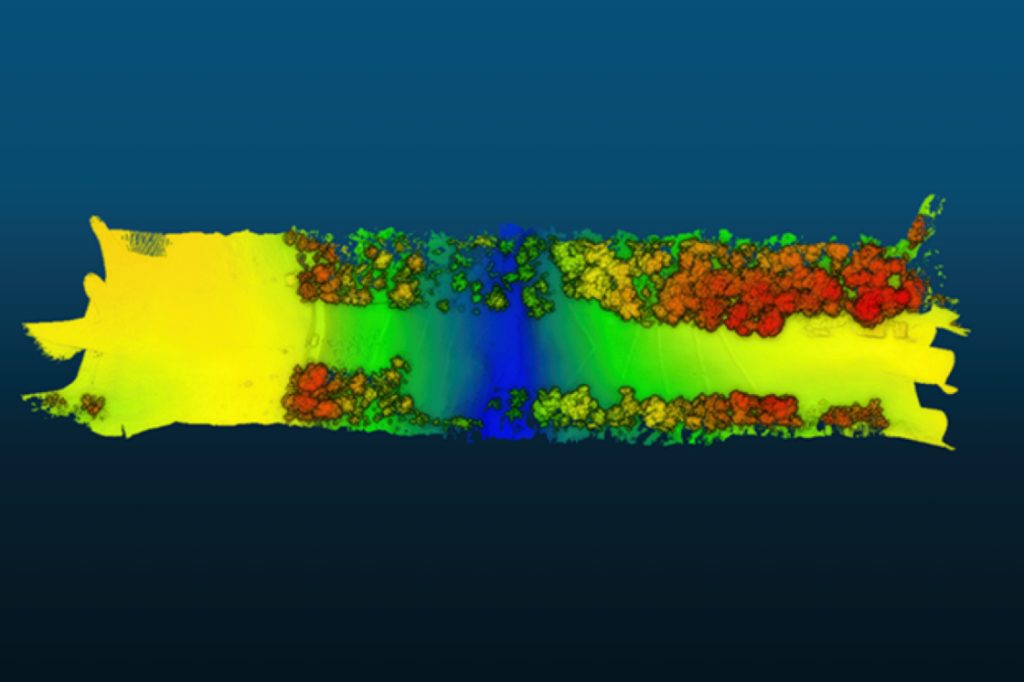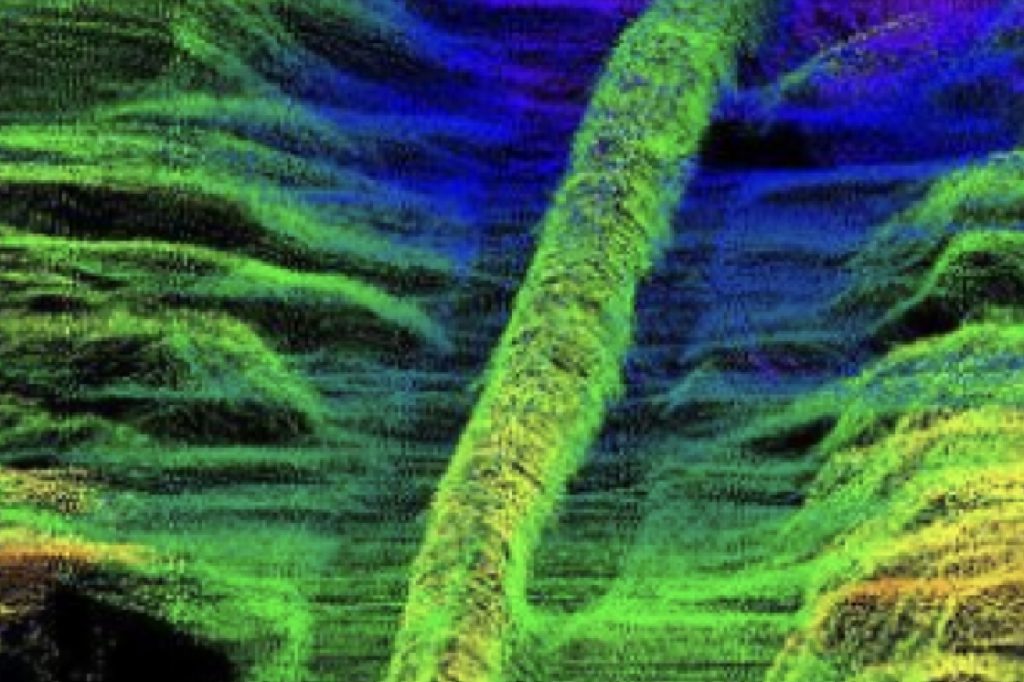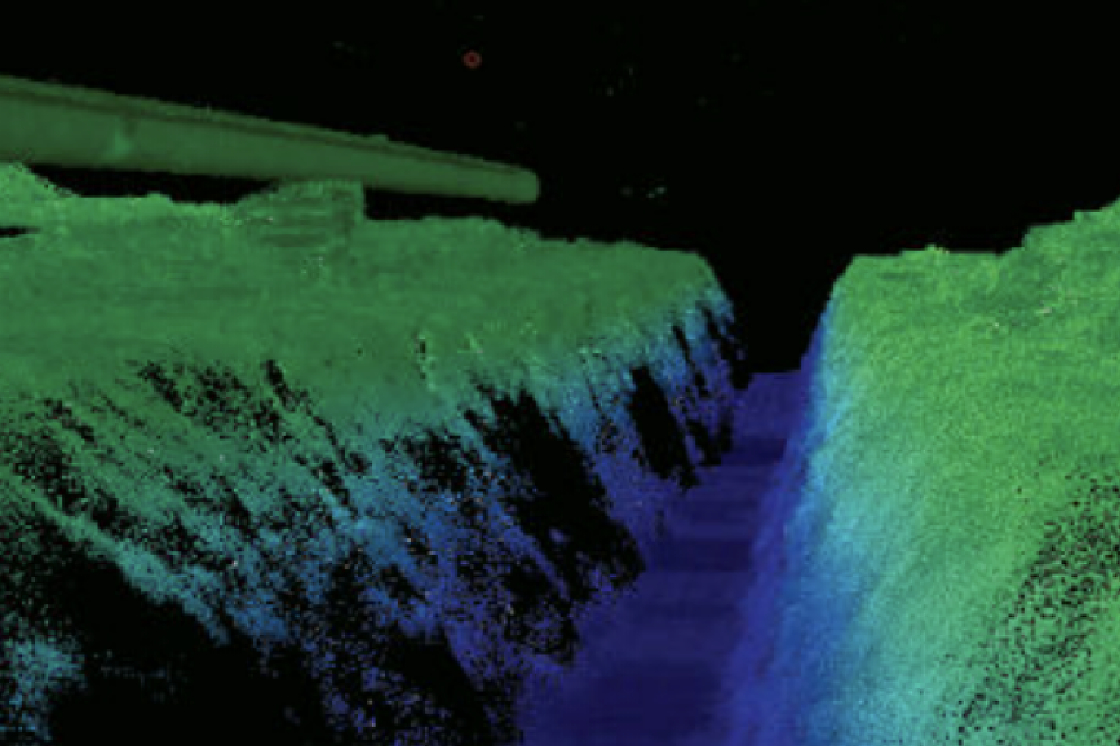Edit Content

Geospatial Solutions for our changing world
- 4340 King St. - Unit #3
- 1-604-821-9915
- [email protected]
- 1-888-749-7746



LiDAR can help improve the safety and efficiency of pipeline operations by providing detailed information on the terrain and potential hazards. By using LiDAR data to monitor and maintain pipeline infrastructure, operators can reduce the risk of spills or leaks and ensure the continued safe and reliable operation of the pipeline


© 2024 Kîsik Aerial Survey Inc.